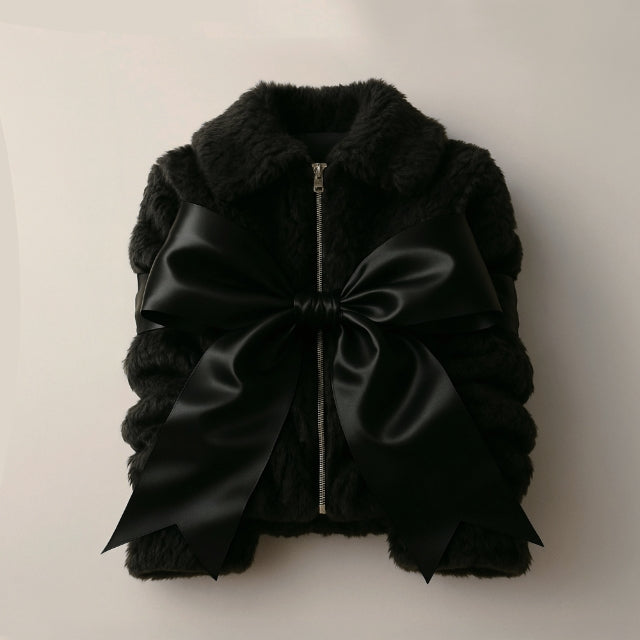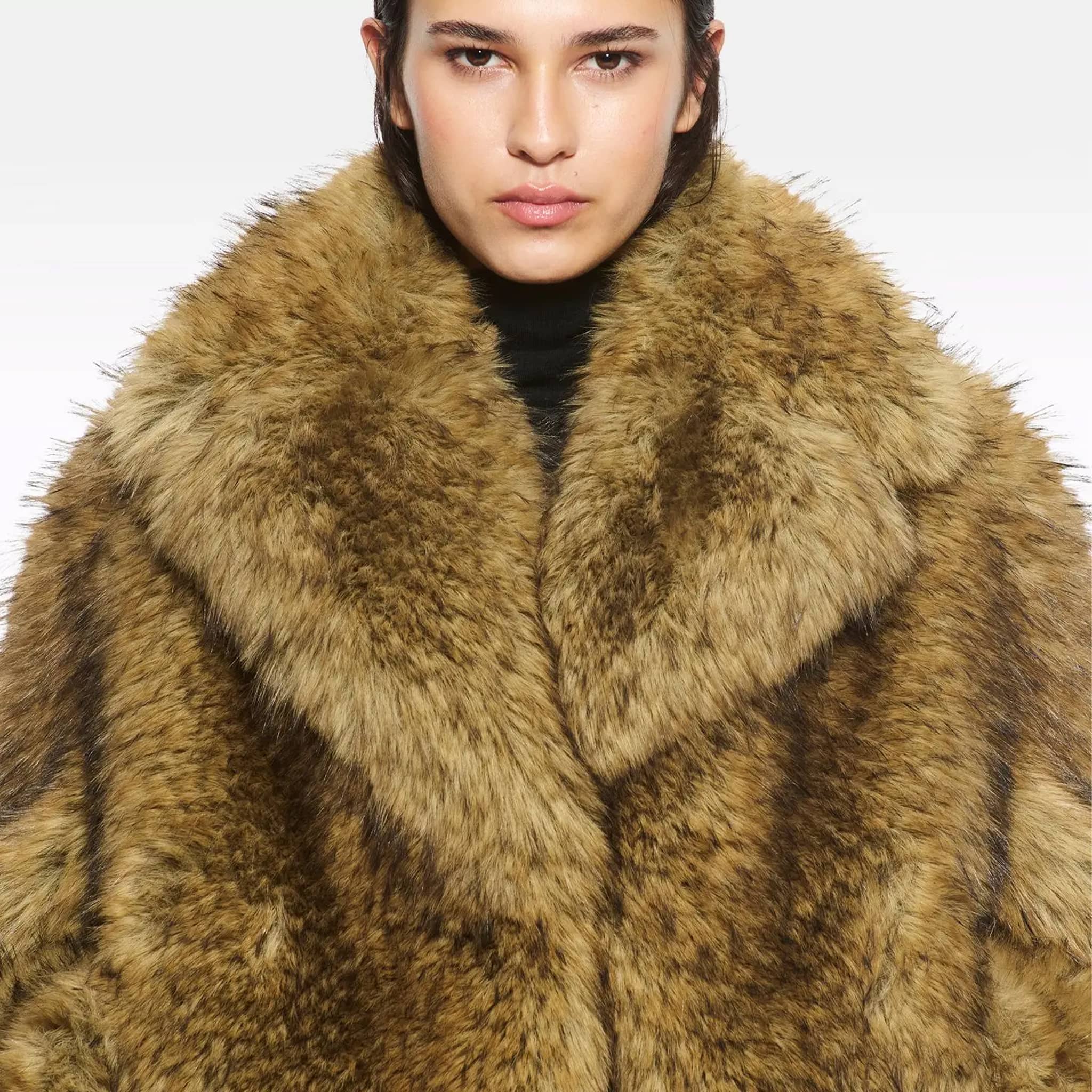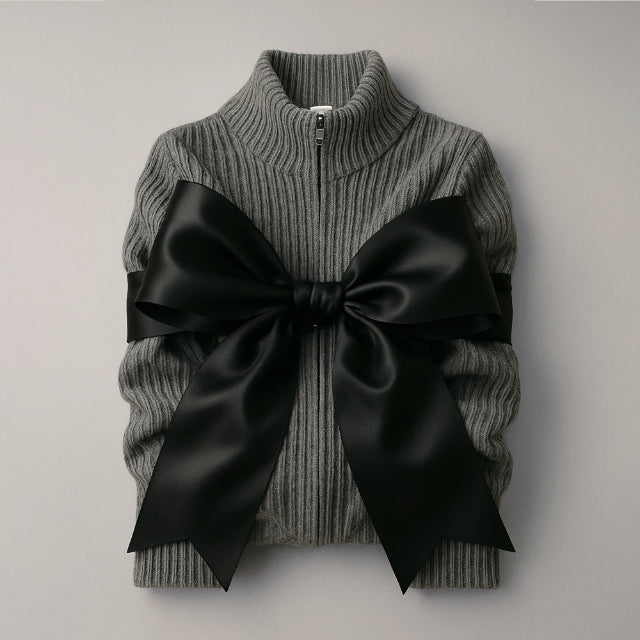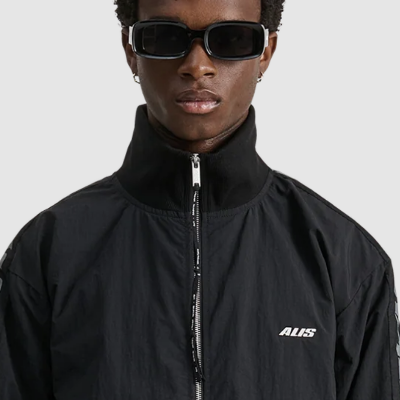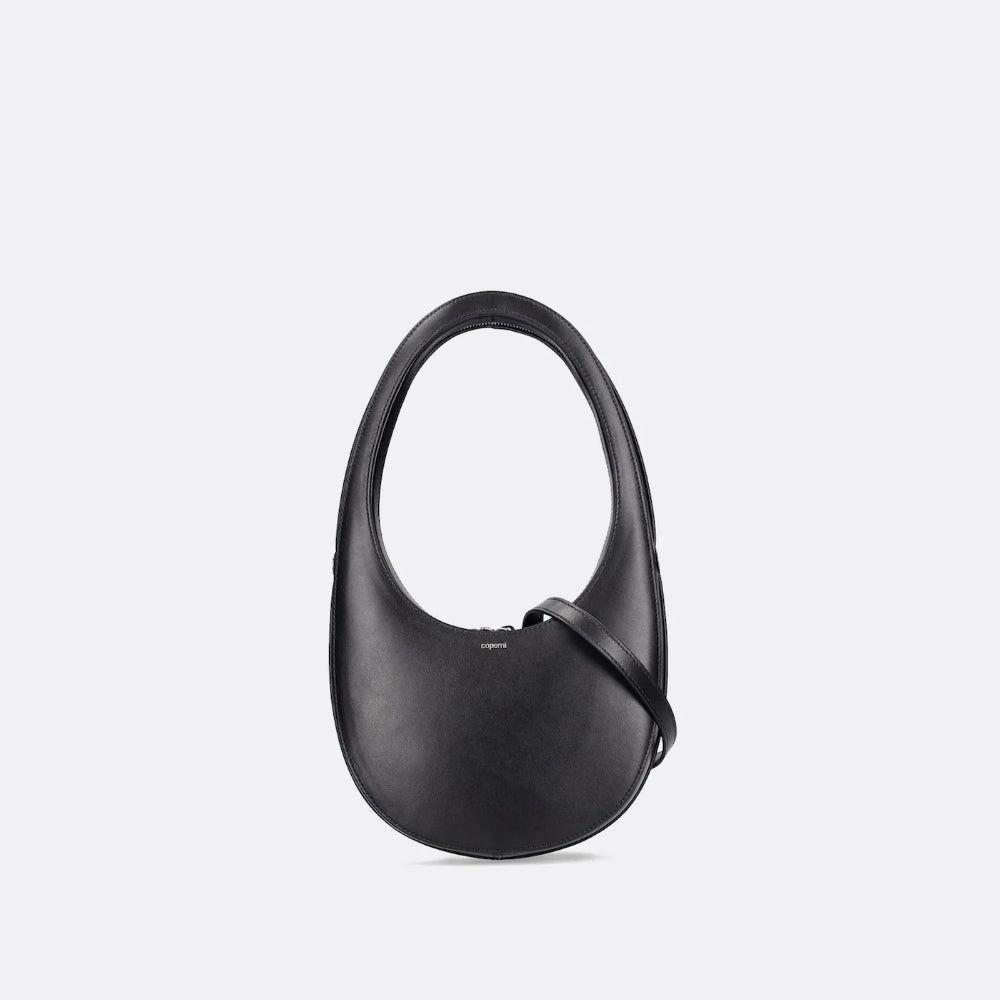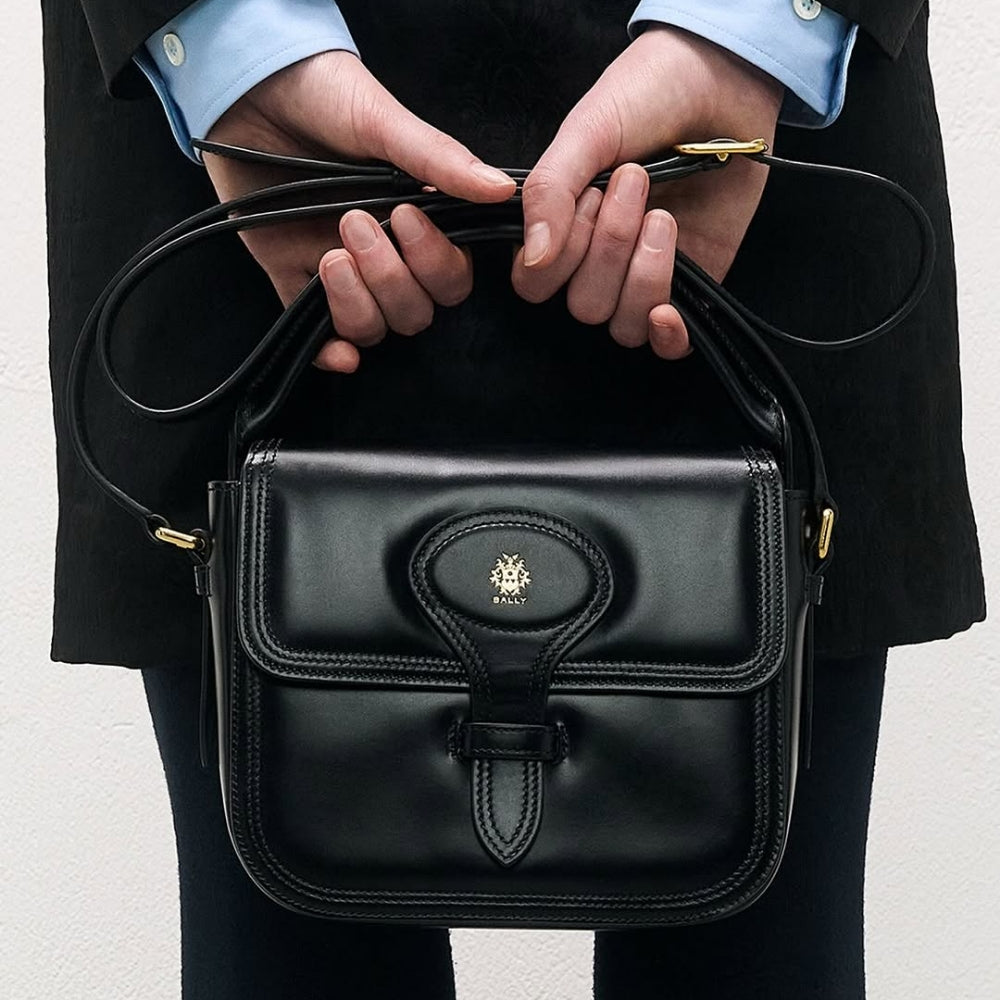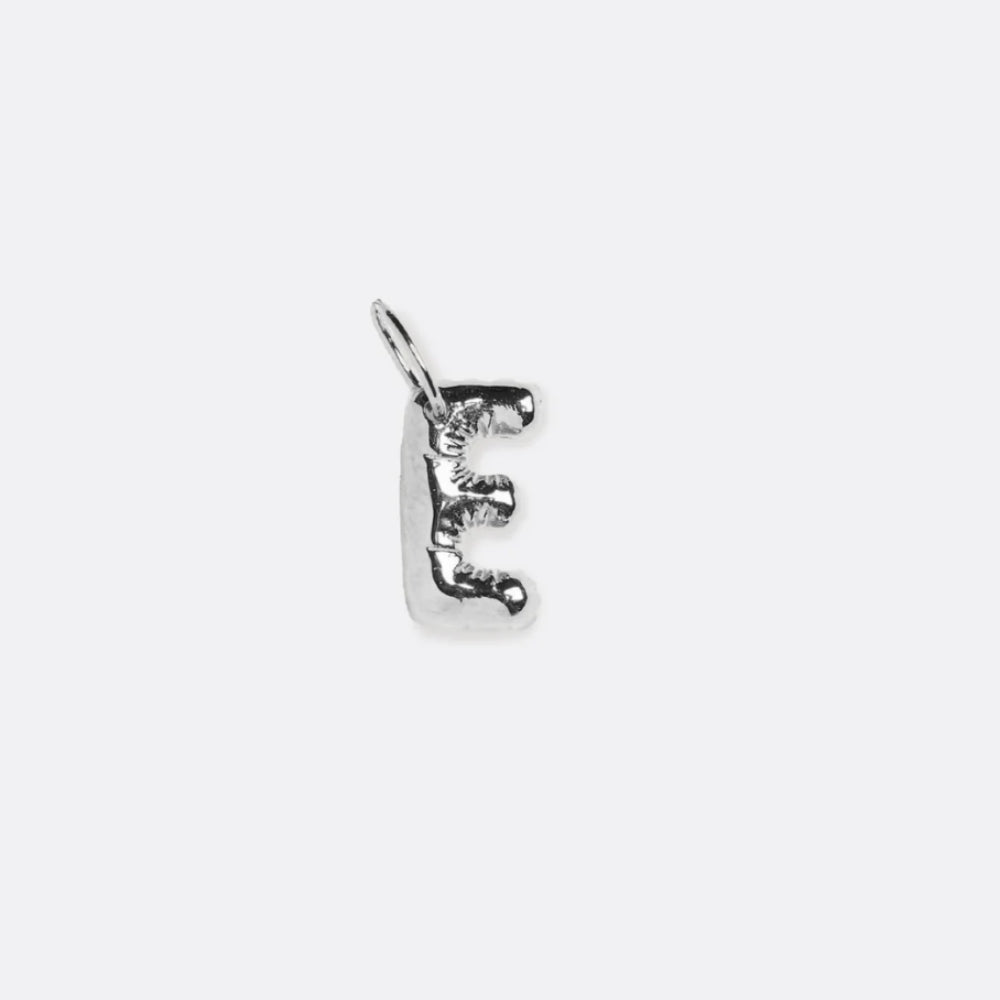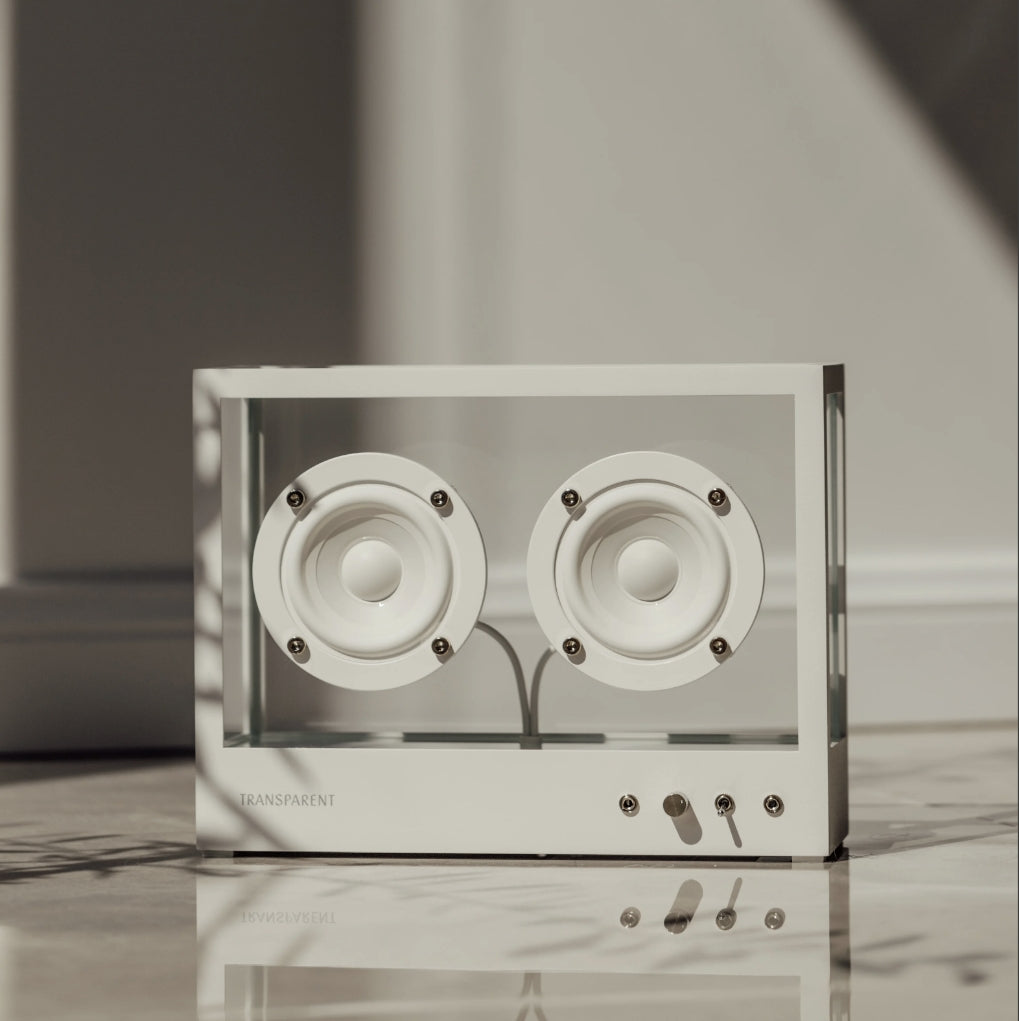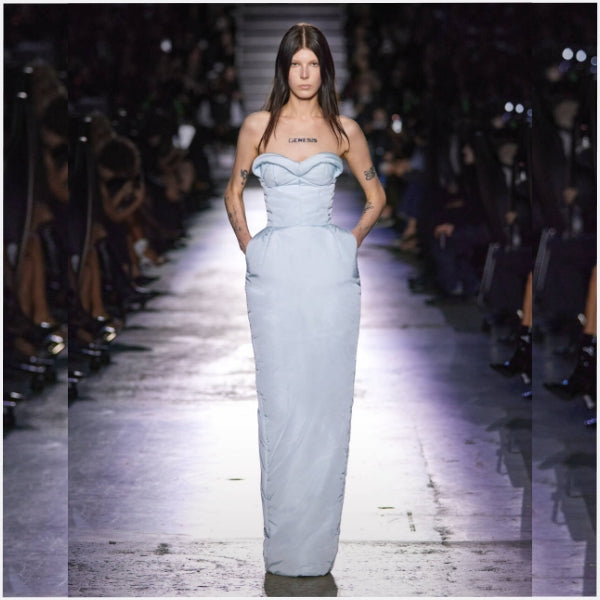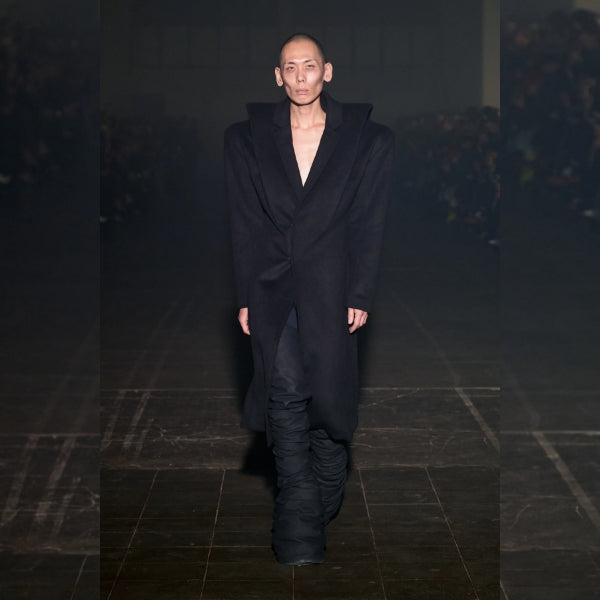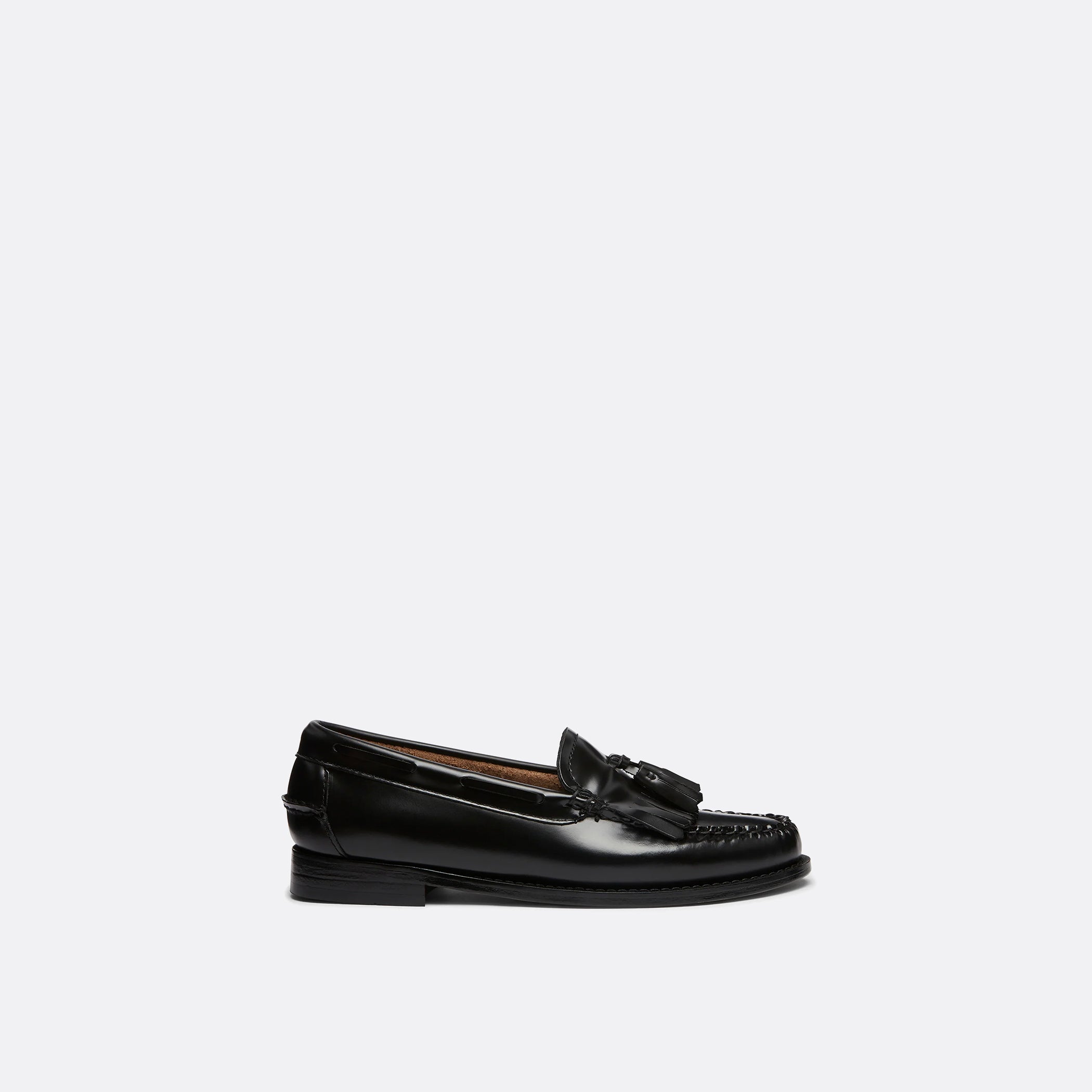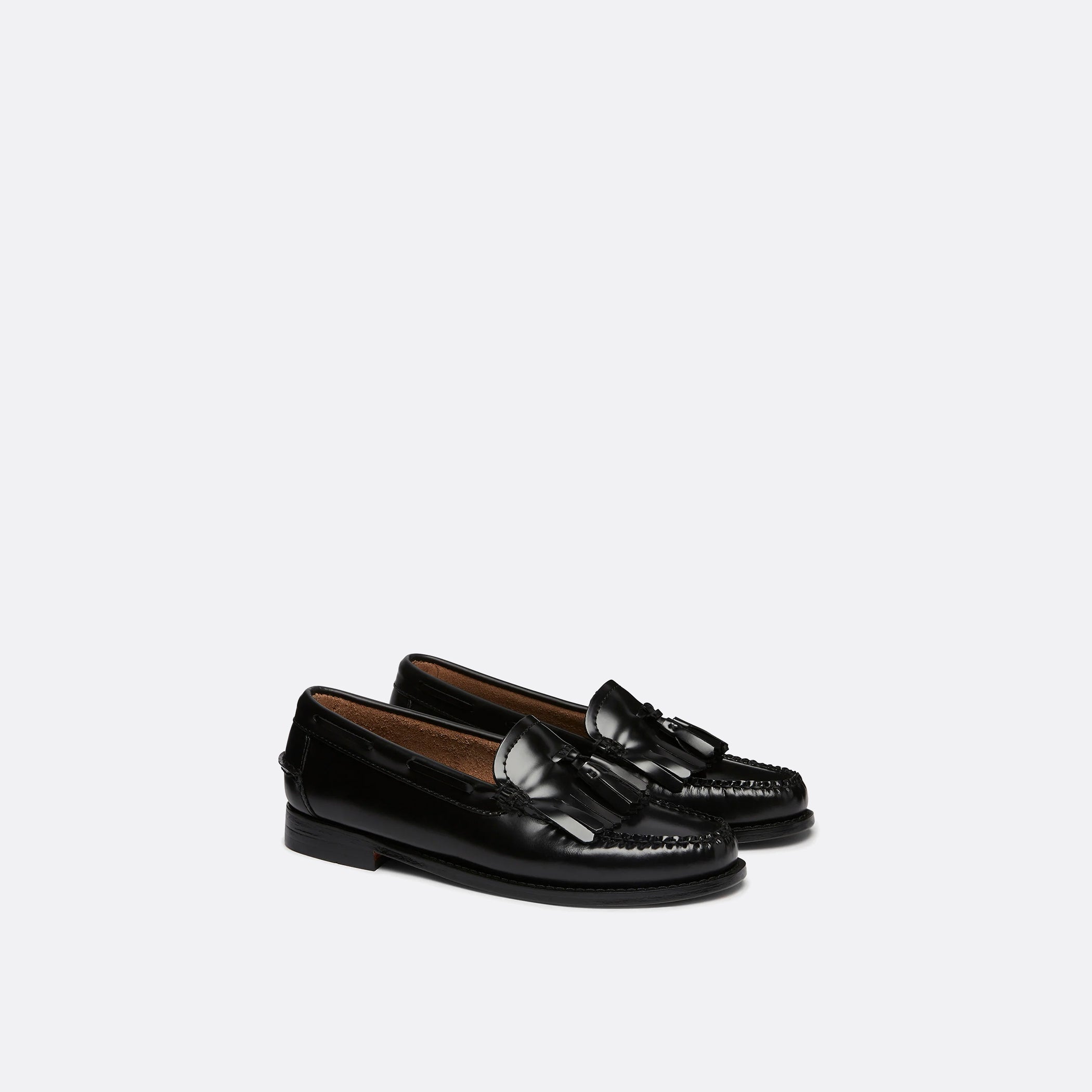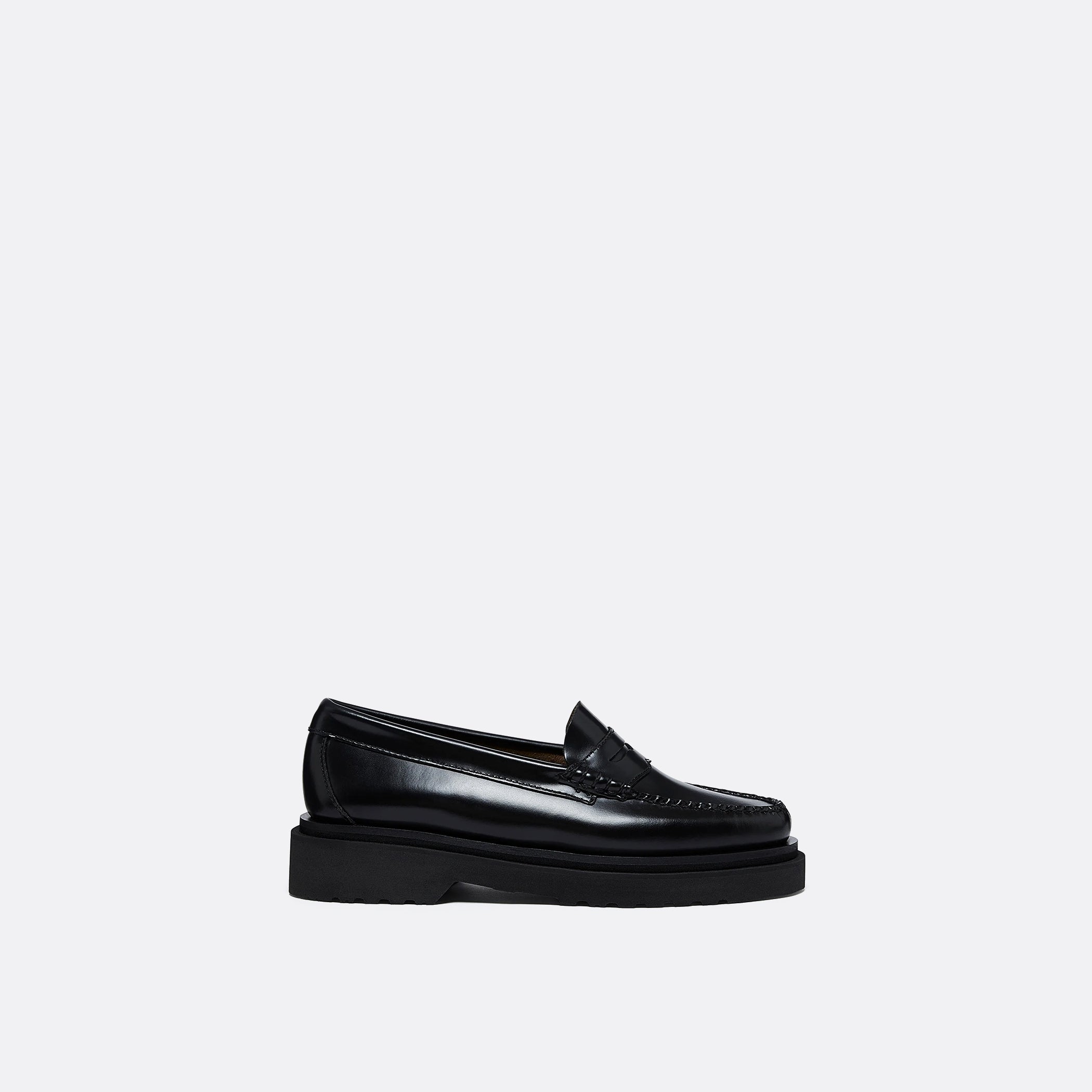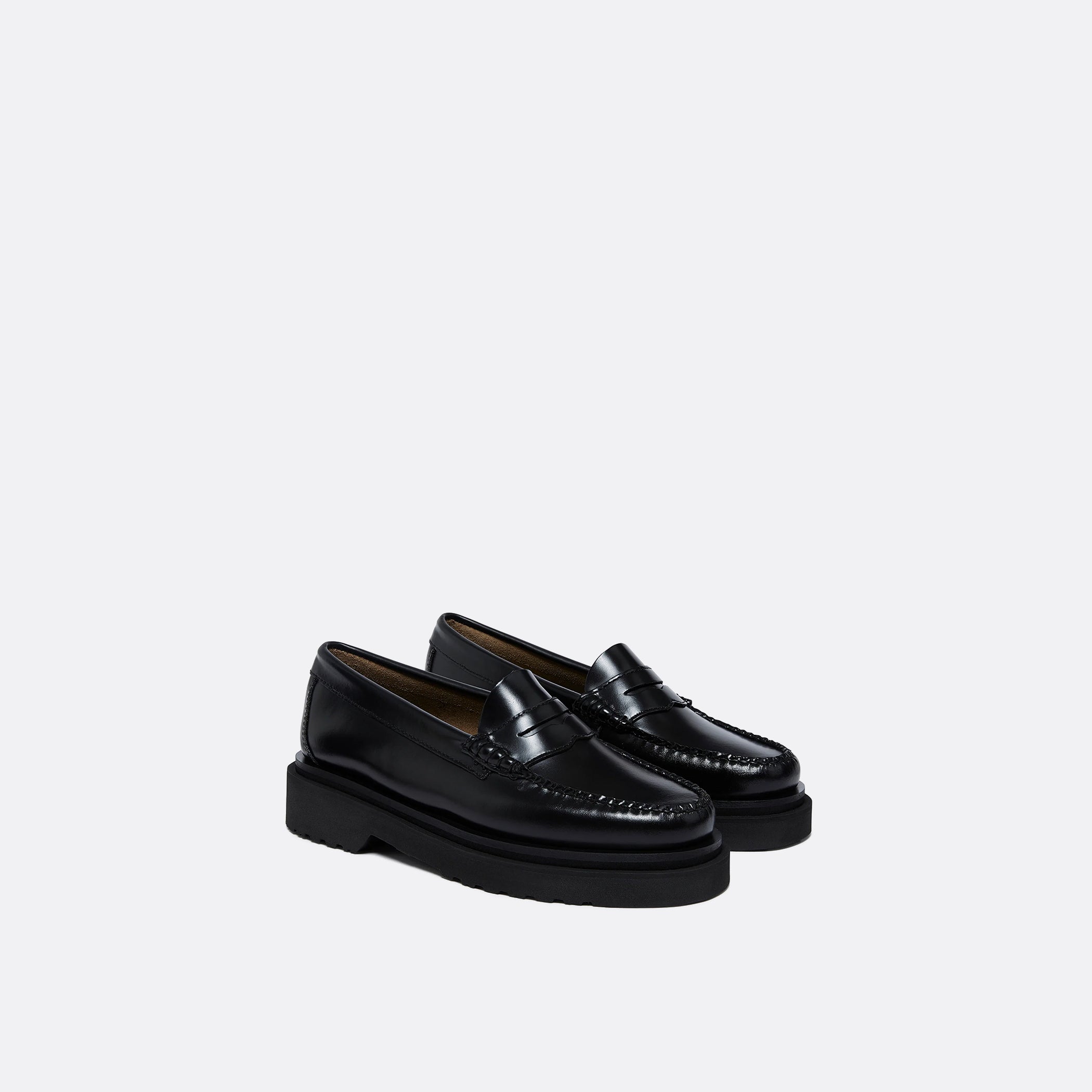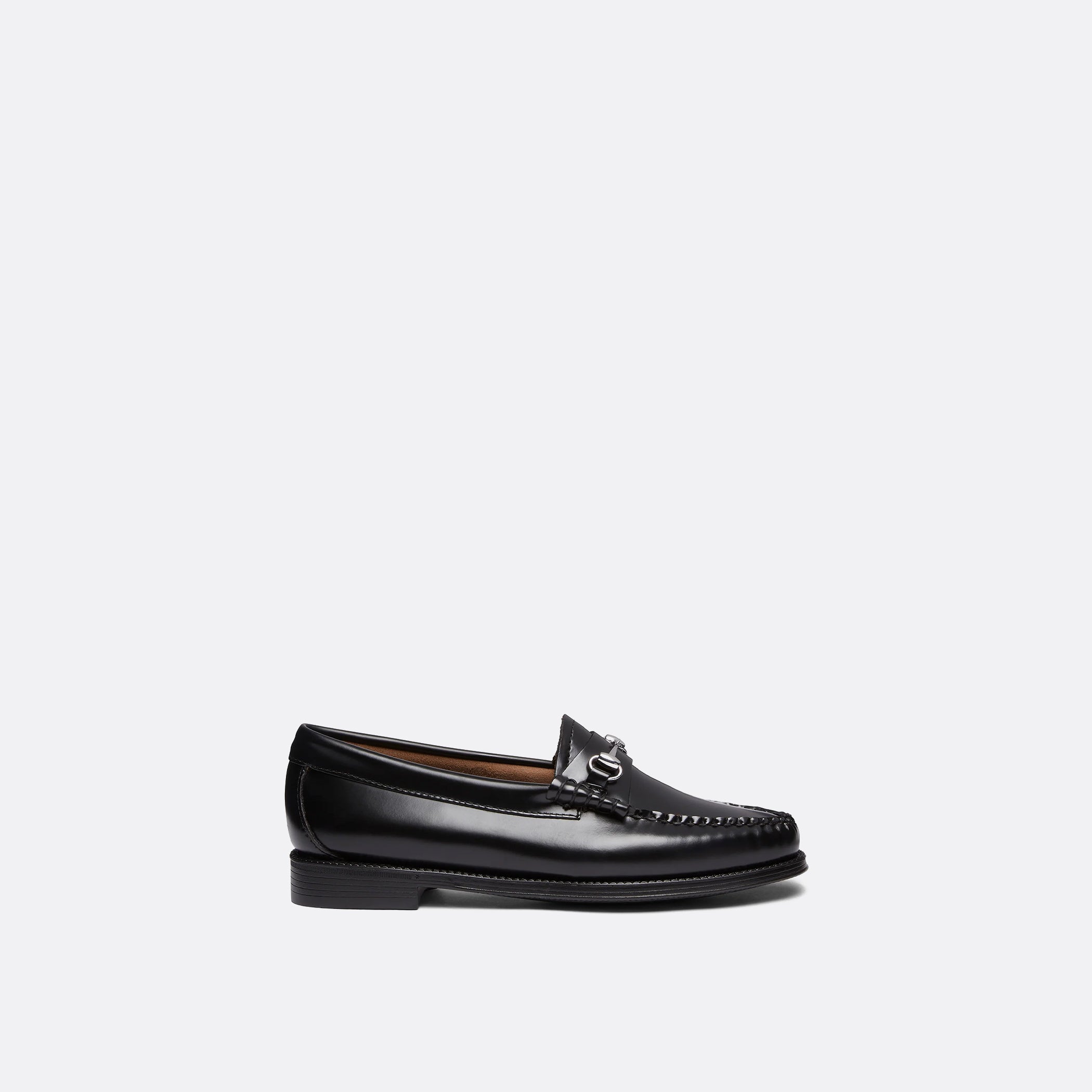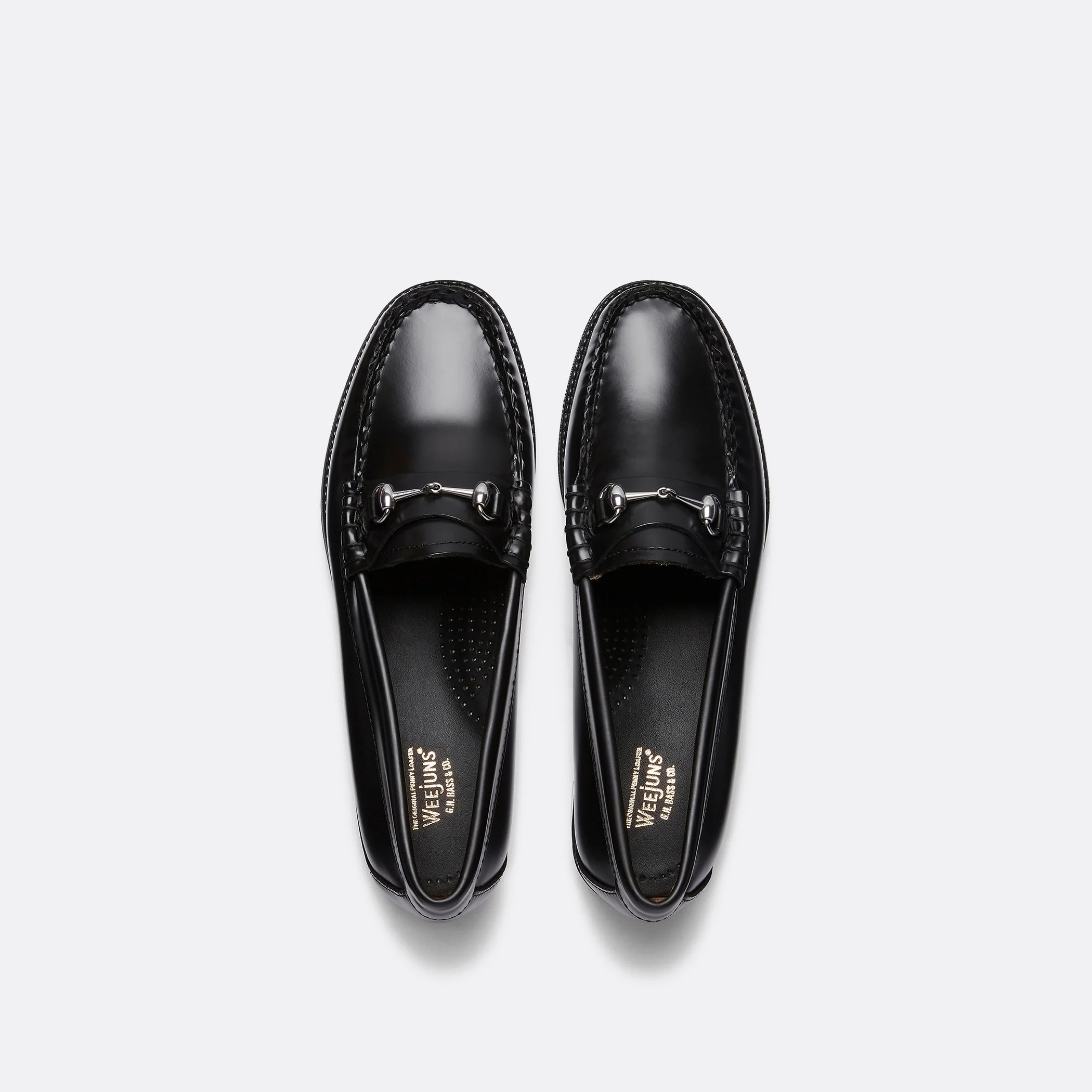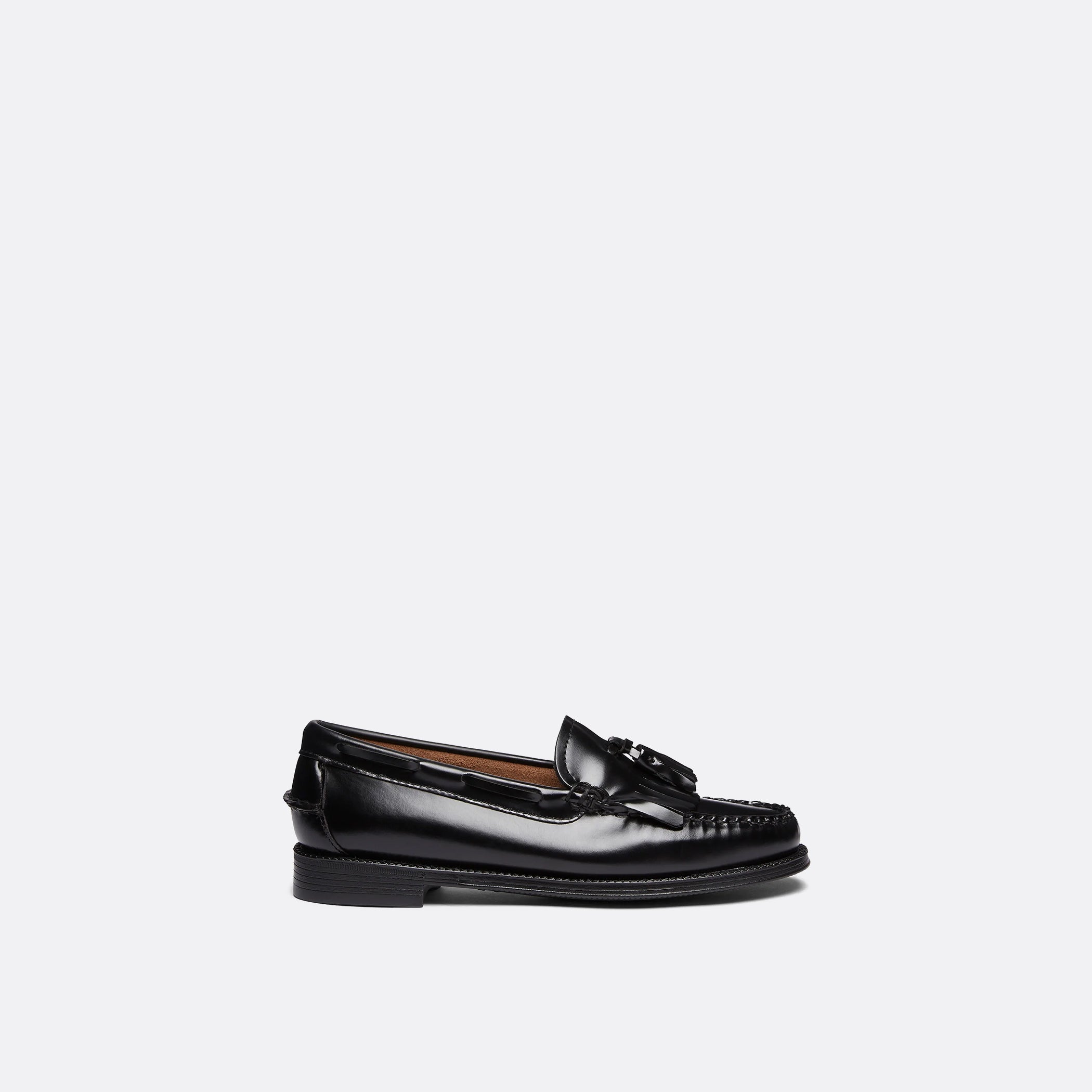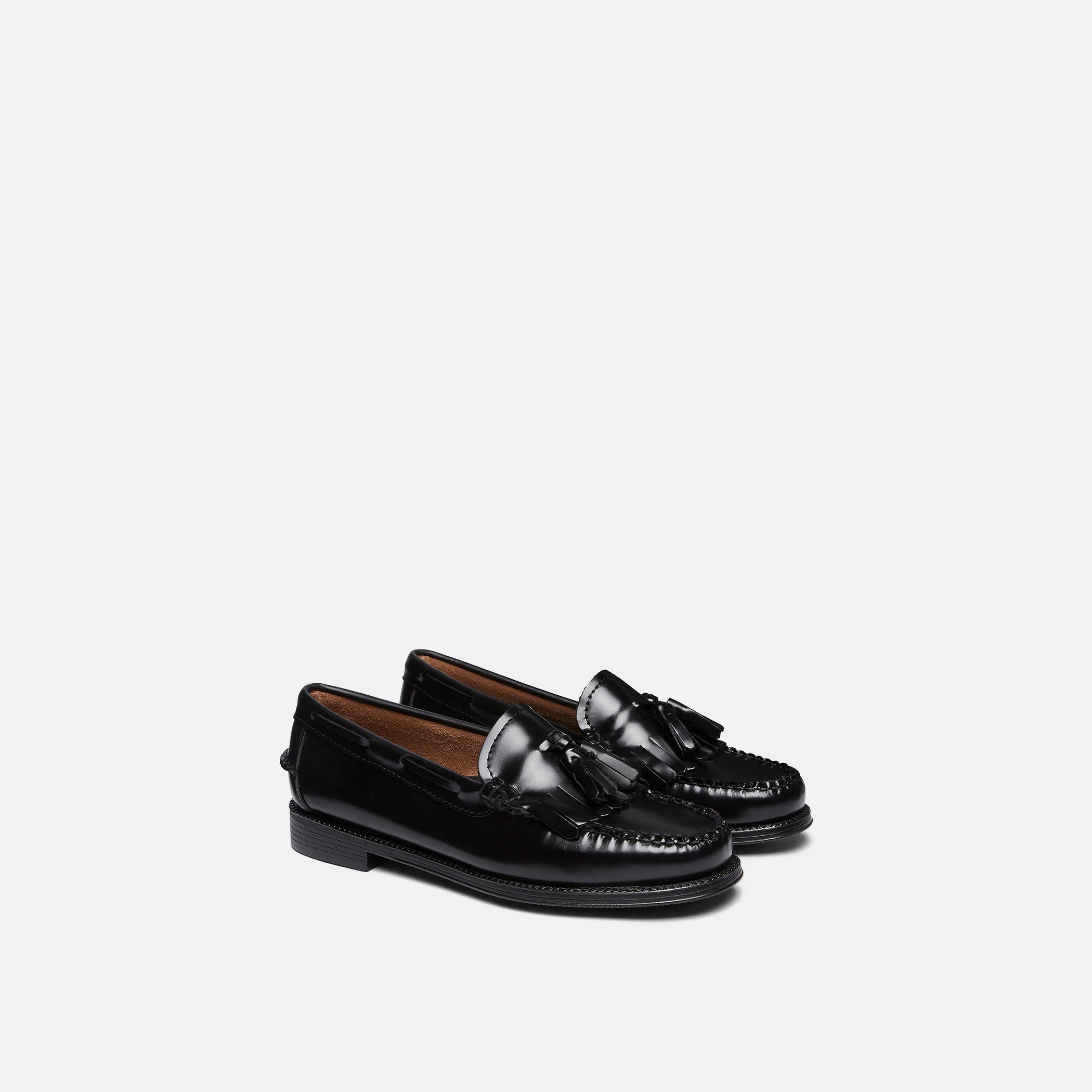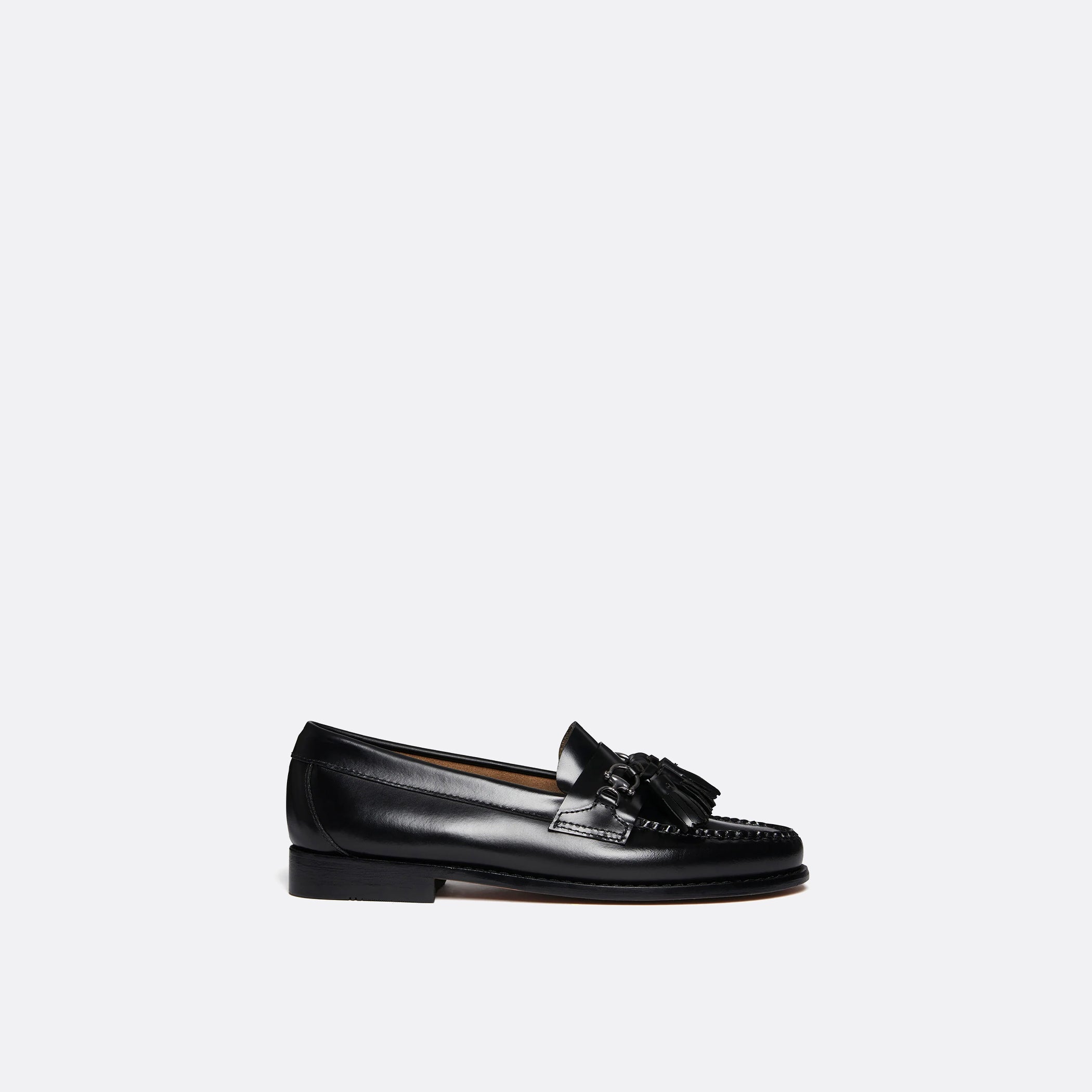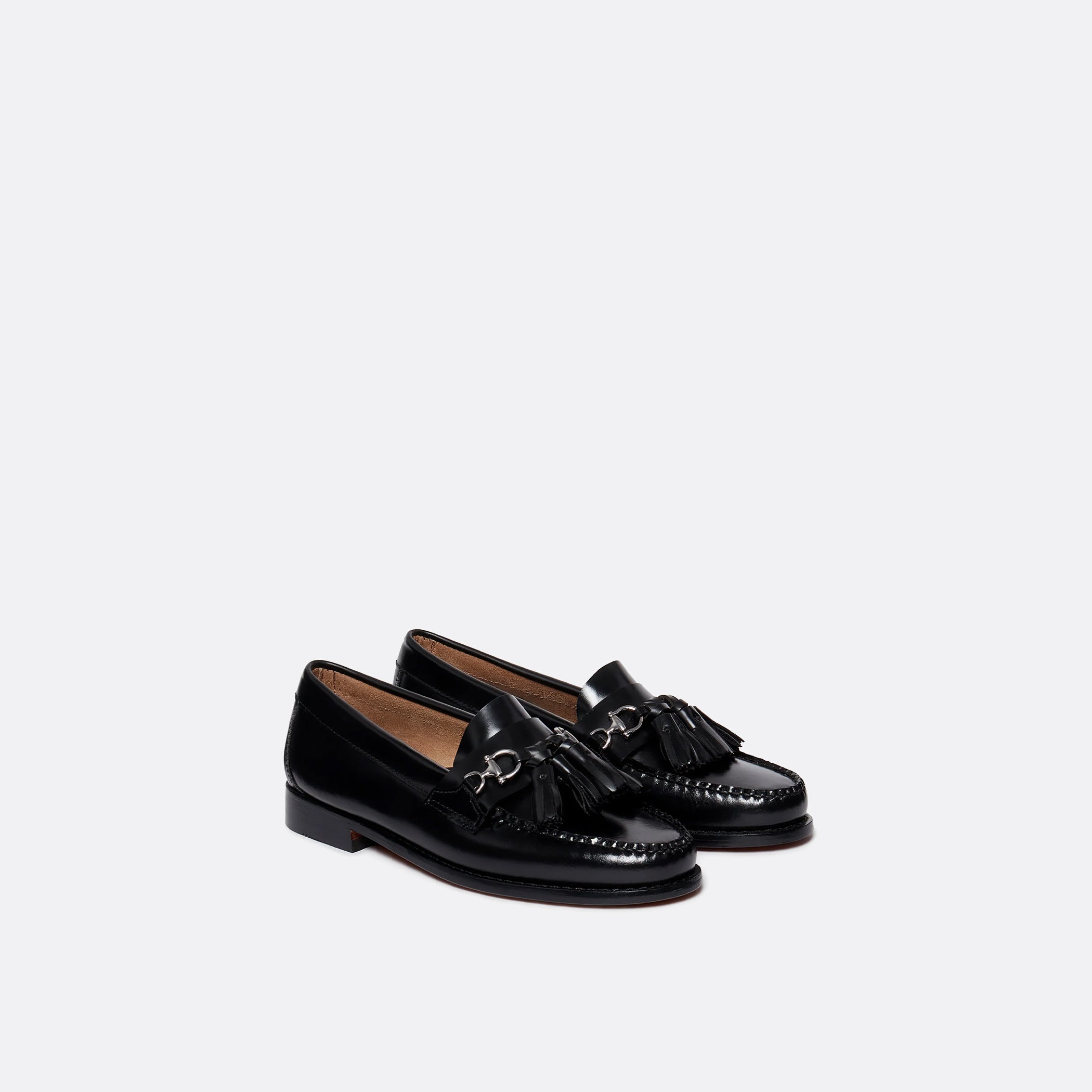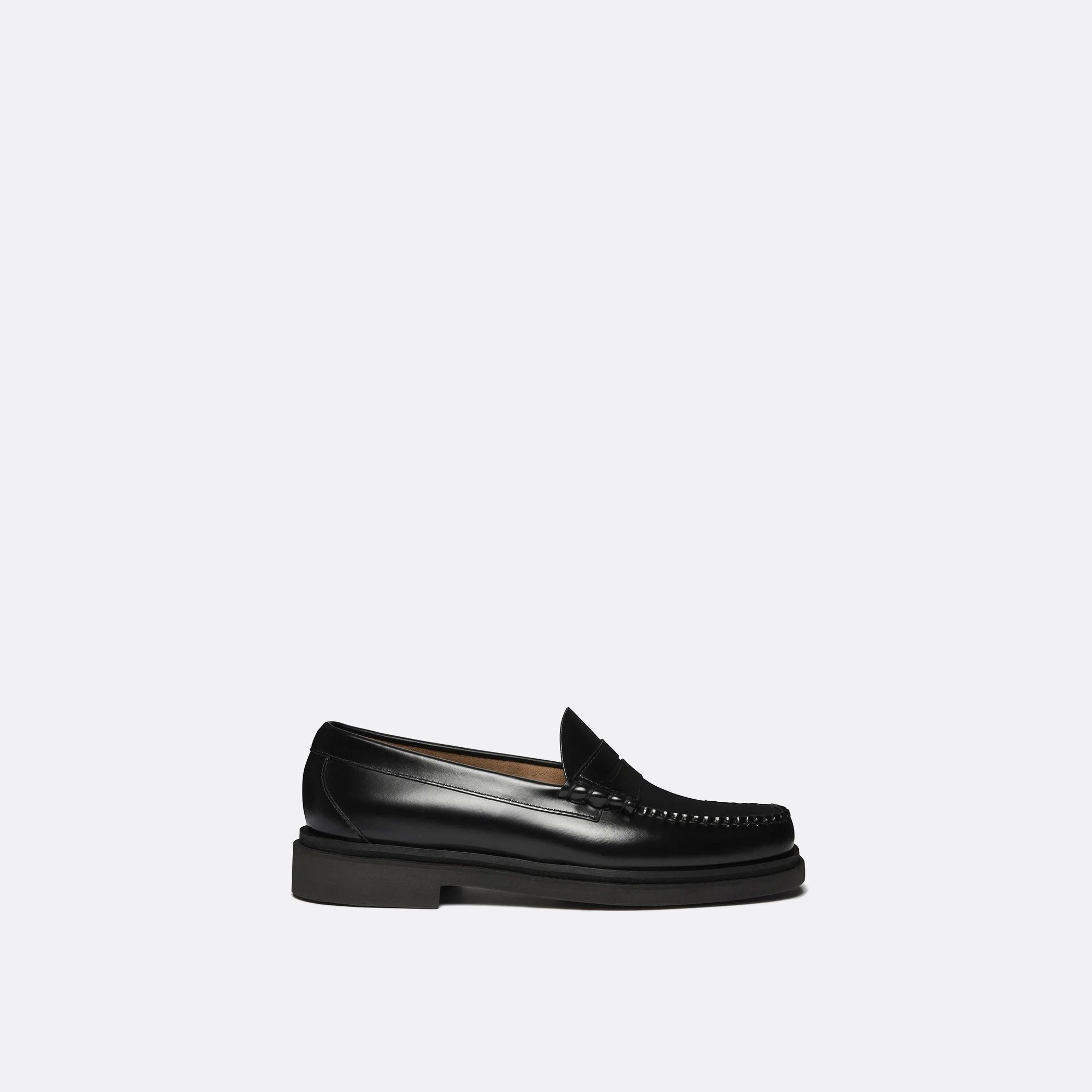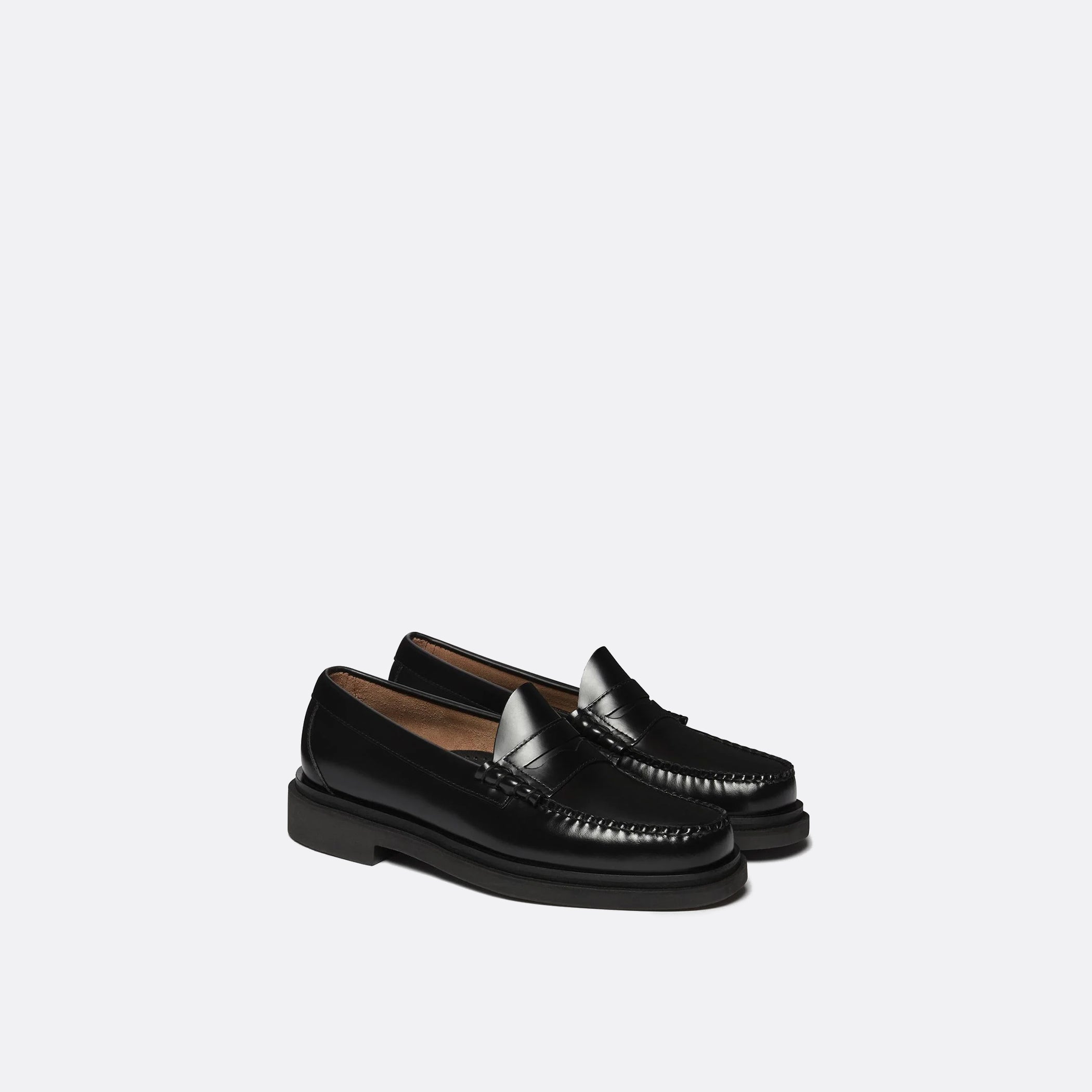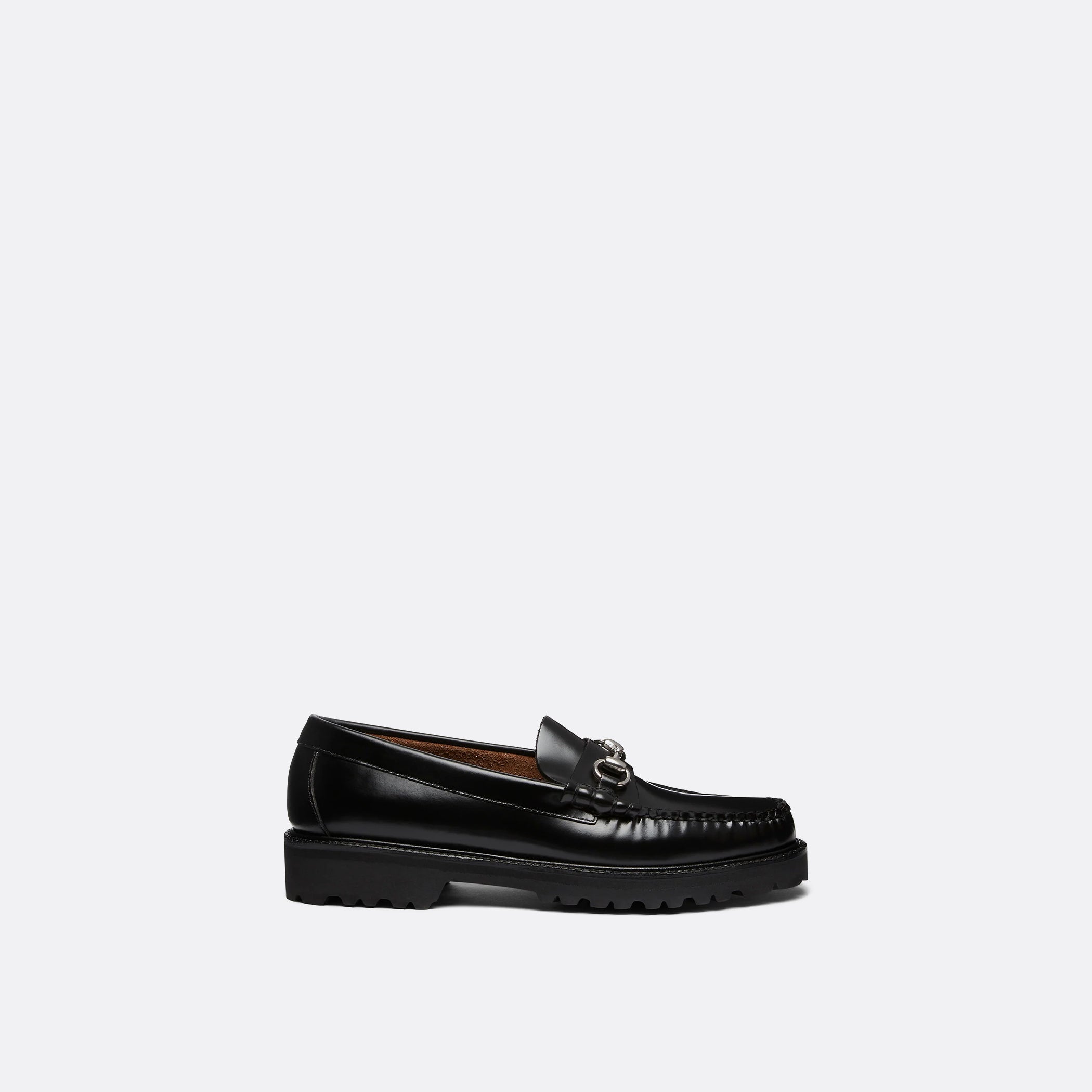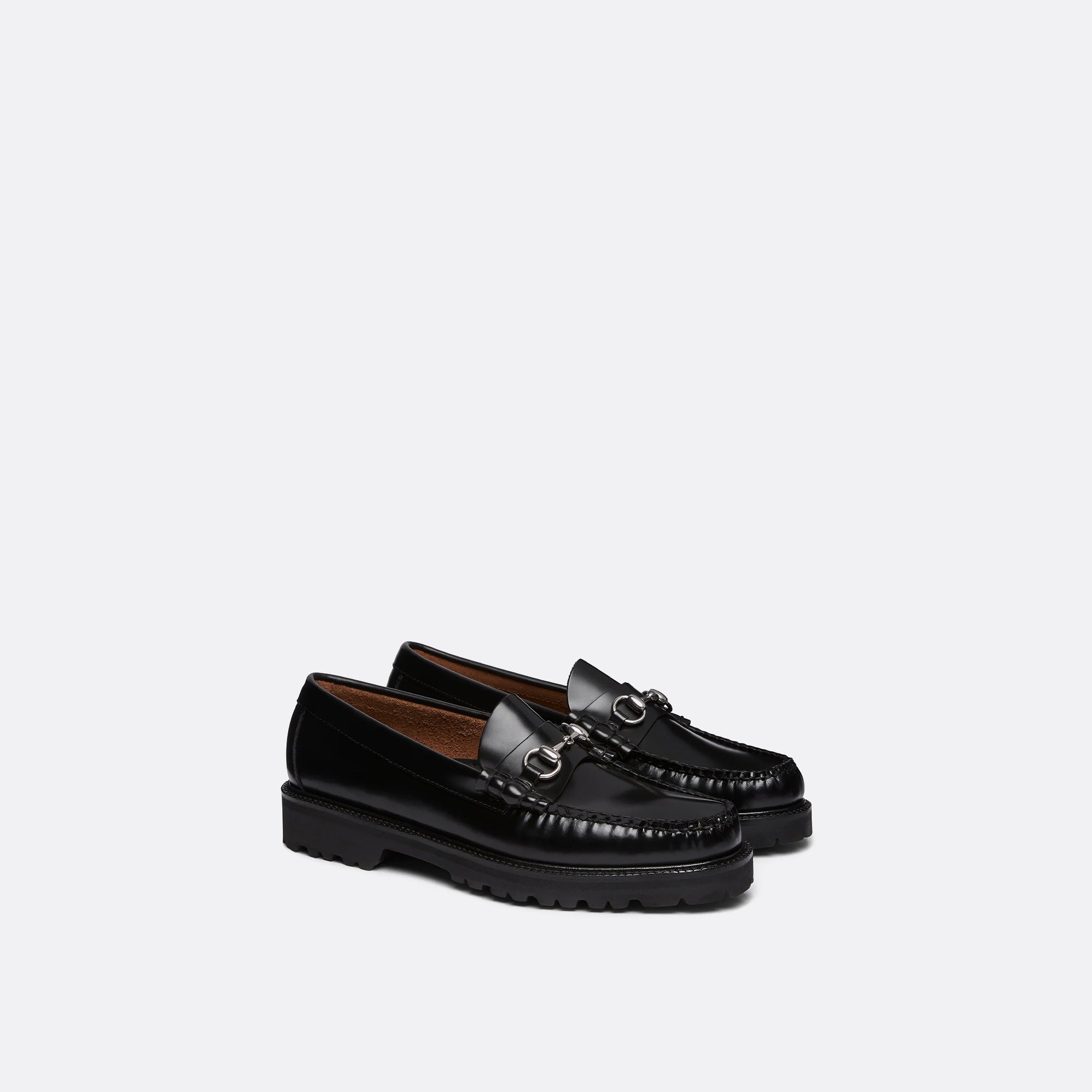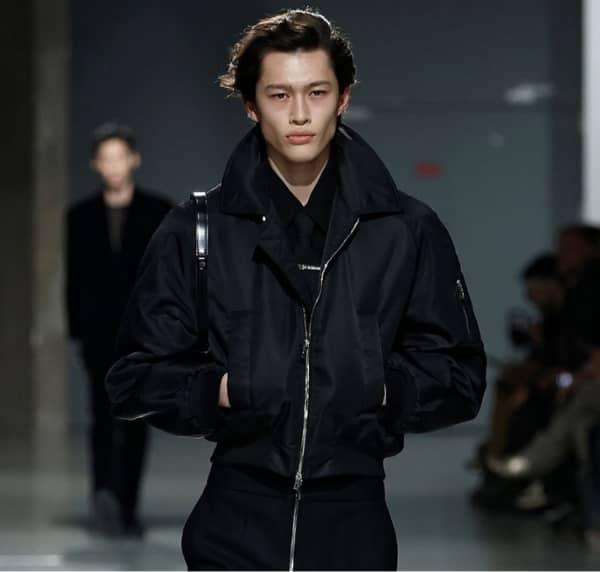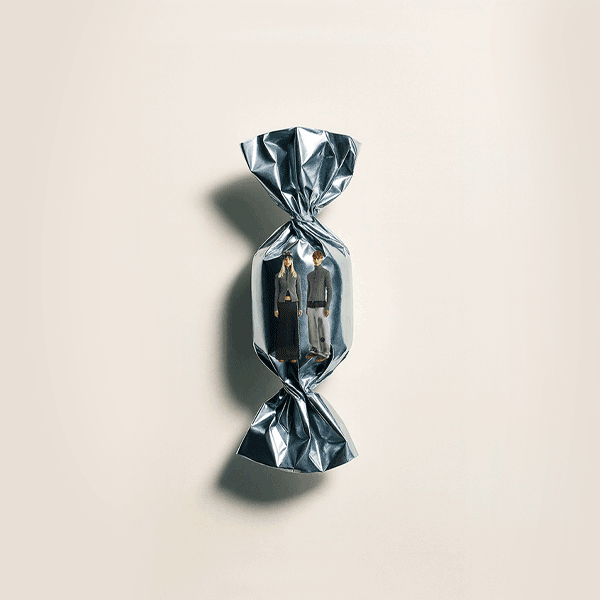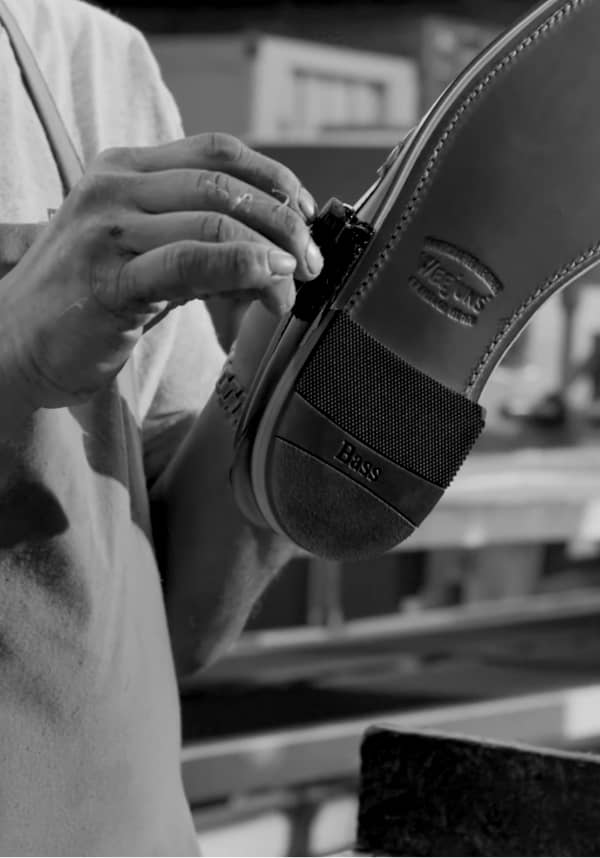
CULTURE
G.H. Bass: The Legacy of the Loafer
There are few silhouettes in fashion that have outlived trends, movements, and reinventions like the Penny Loafer. First crafted by G.H. Bass in 1936, the loafer began not as a luxury product, but as a practical innovation — a slip-on shoe designed for everyday wear and ease.
Nearly ninety years later, the same design — curved moccasin seam, sleek upper, and iconic half-moon strap — remains a quiet symbol of timelessness.
At ELLIS ROSCH, we celebrate that legacy not as nostalgia, but as proof that design excellence never expires.
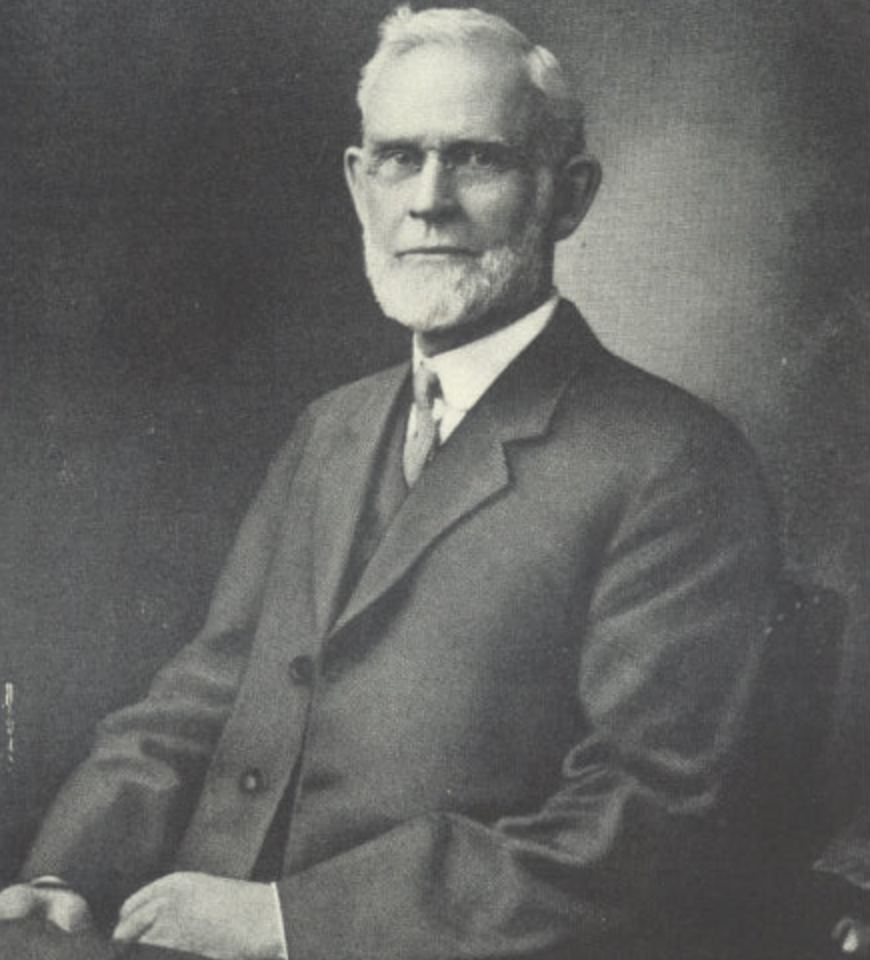
1876 — The Beginning
A Brief History of an Icon: The Penny Loafer Timeline
George Henry Bass founds his footwear company in Wilton, Maine, with a simple ethos: "Do it better than it has to be done." The philosophy still defines the brand’s design language.
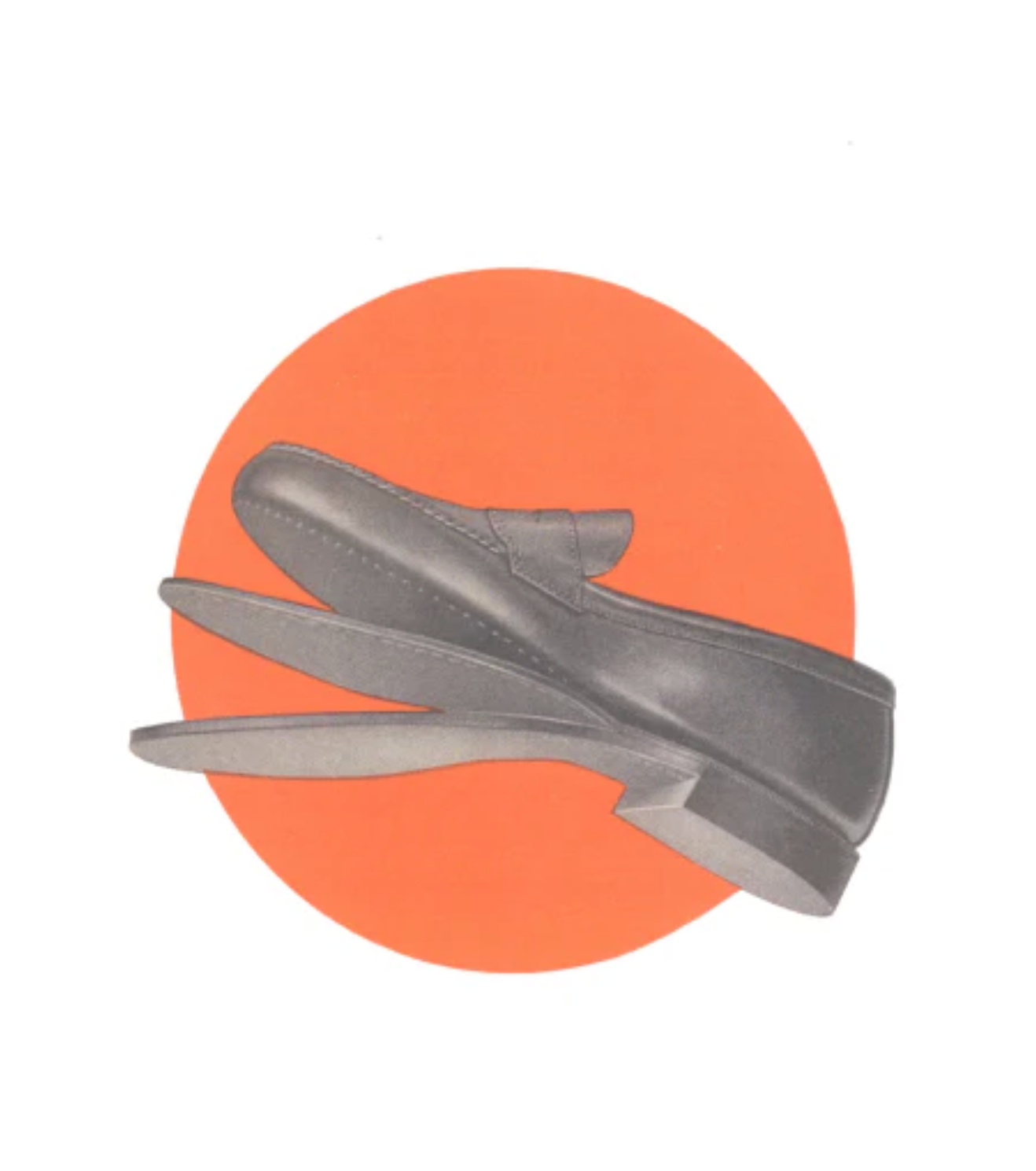
1936
1936 — The Birth of the Weejun
Inspired by Norwegian moccasins (nicknamed Weejuns), G.H. Bass creates a new slip-on shoe — functional, elegant, and effortless. The Penny Loafer was born, earning its name when students began sliding coins into the saddle strap as both fashion and superstition.
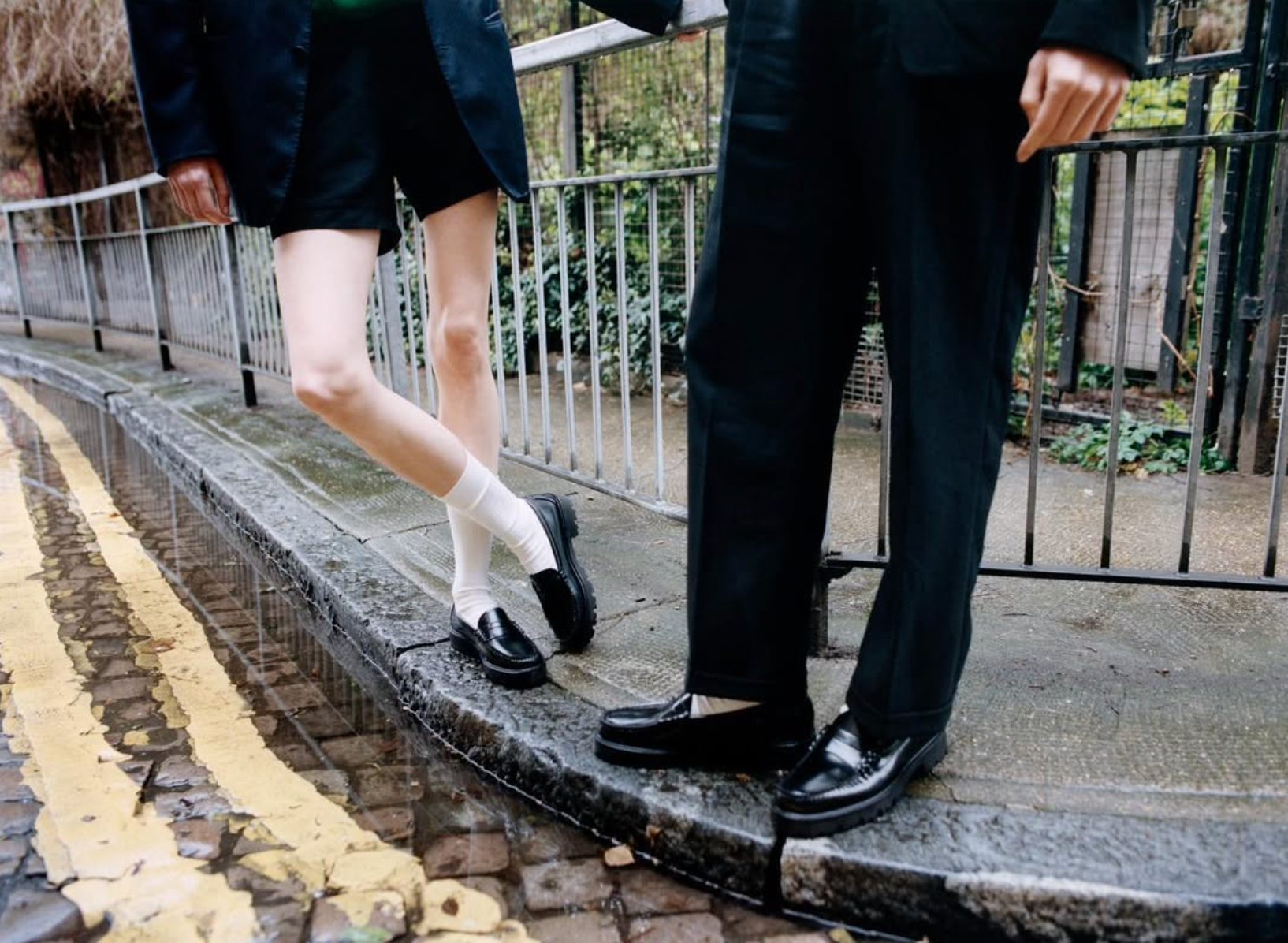
1950s — Ivy League Cool
1950s — Ivy League Cool
By the mid-century, the Weejun had evolved from prep-school uniform to cultural statement. Worn with cuffed trousers and button-downs, it became the shoe of Harvard’s quad and Hollywood’s elite.
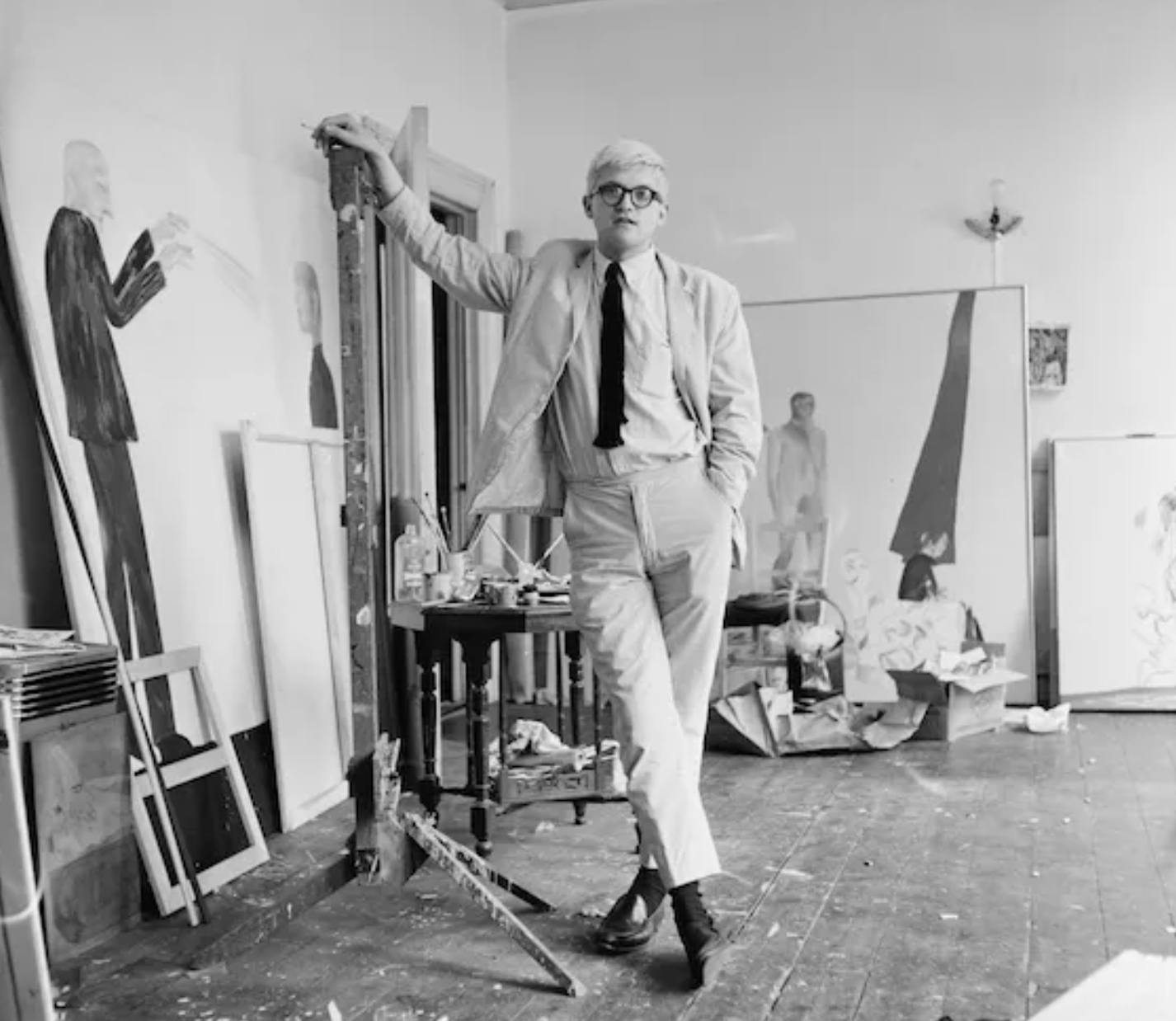
1960s–1980s
1960s–1980s — Rebellion and Reinvention
The Weejun craze took hold — transforming the loafer from collegiate essential to a global phenomenon. What began in Ivy League corridors spilled into clubs, sidewalks, and record sleeves. Business boomed as Weejuns became mainstream, woven into the fabric of everyday pop culture.
The loafer crossed scenes and continents — adopted by British Mods, New York jazz musicians, and later, Japanese street stylists. Its simplicity made it endlessly adaptable: polished enough for a suit, relaxed enough for denim.
Across decades, one thing stayed constant — the Weejun wasn’t chasing trends. It was defining them.
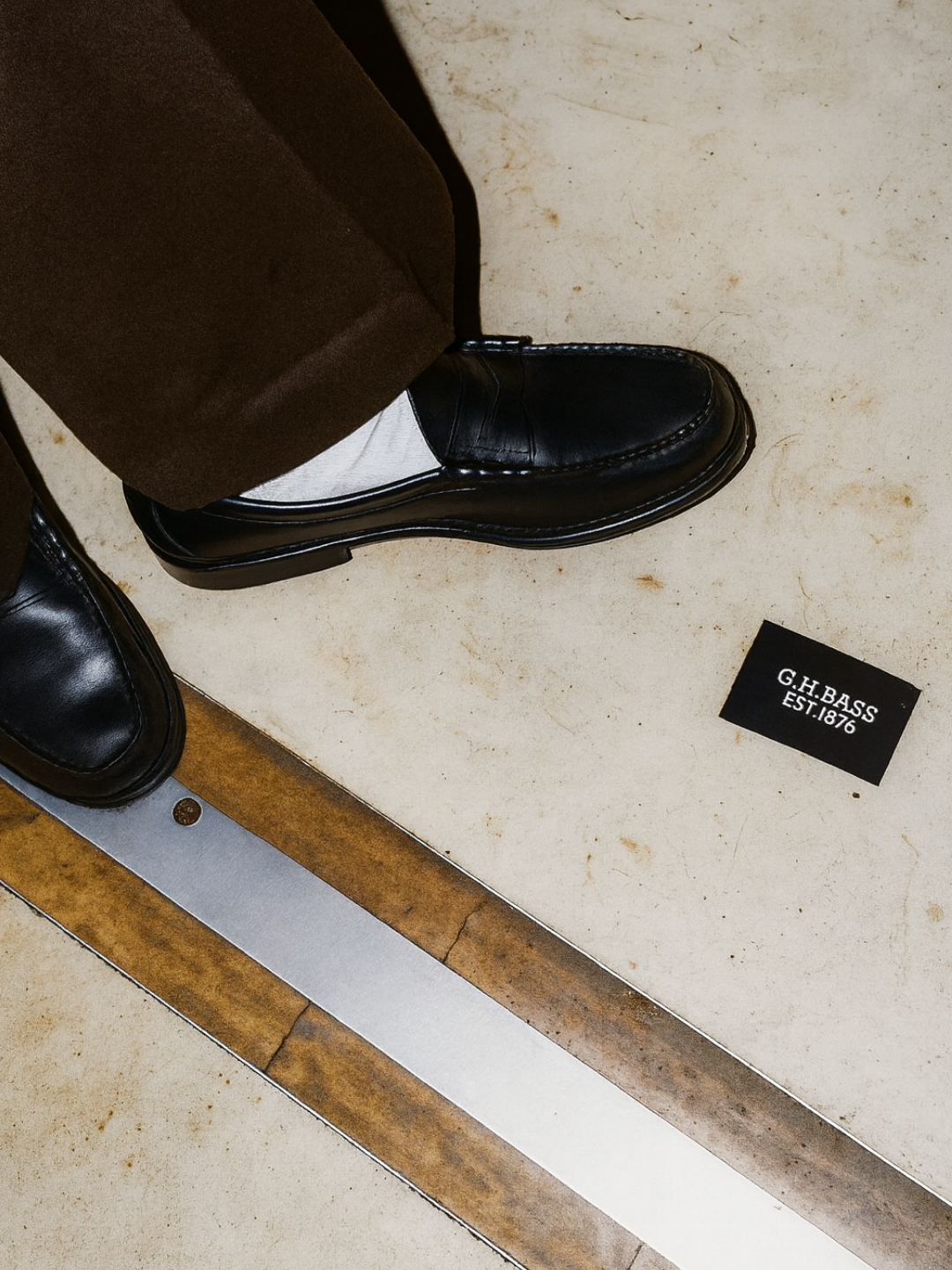
2000s–Now
2000s–Now — Cultural Continuum
In today’s landscape, the G.H. Bass loafer sits comfortably between worlds — worn by designers, musicians, and minimalists alike. It remains a canvas for self-definition: heritage reinterpreted through modern eyes.
Design That Outlasts Trend
What makes the Weejun enduring isn’t just its shape — it’s the craft. Each pair is hand-stitched using traditional moccasin construction, ensuring flexibility, comfort, and longevity. The leather is selected for texture and tone, developing a natural patina that deepens with wear.
The loafer’s minimal structure hides precision: Goodyear welts, stacked heels, and hand-polished uppers all engineered to evolve, not age.
Where many brands chase reinvention, G.H. Bass remains grounded in refinement, restraint, and repetition — the quiet art of perfecting what already works.
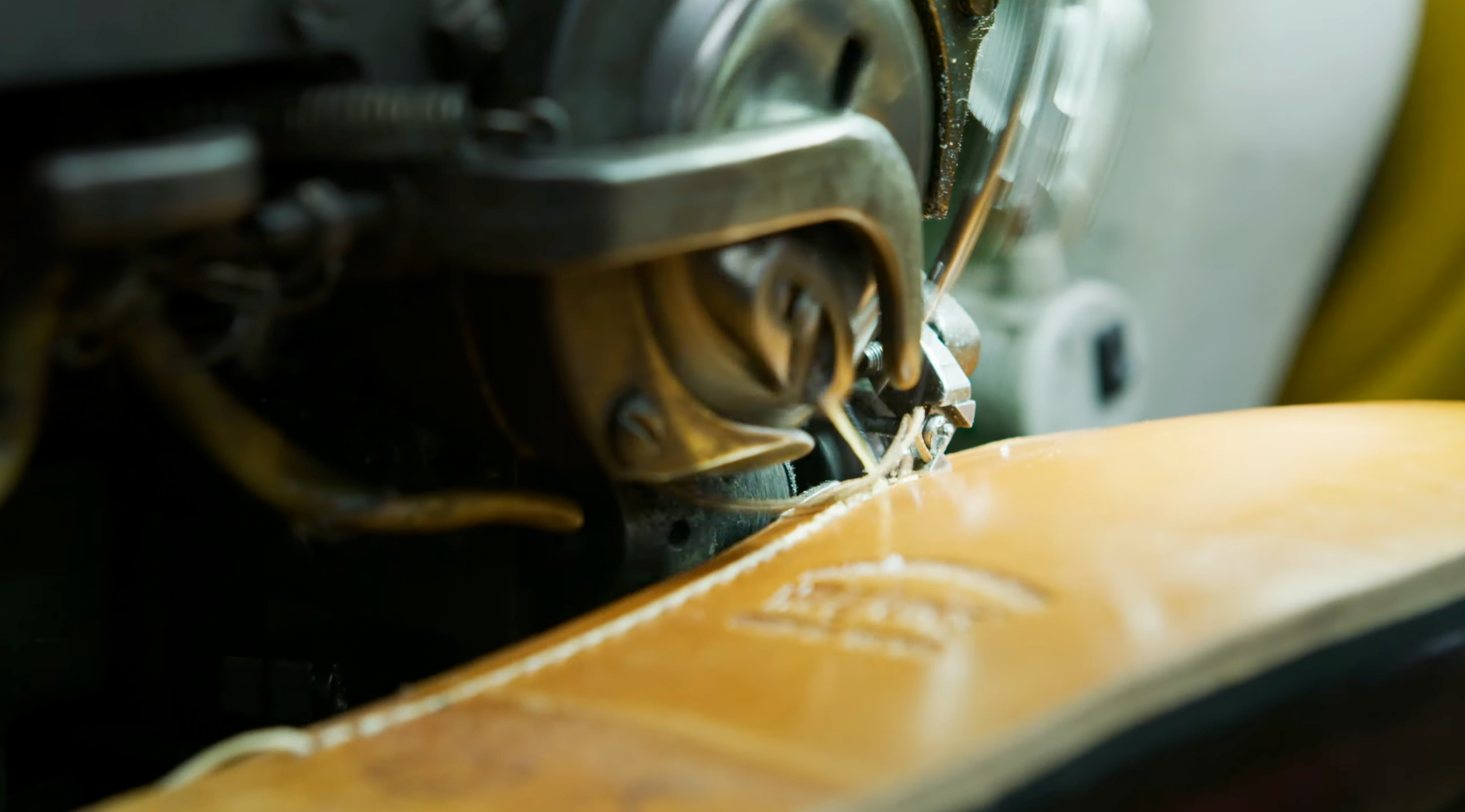
Cultural Footprint
From Grace Kelly to James Dean, from Kate Moss to Tyler, The Creator, the loafer has threaded through every corner of fashion and subculture. It’s been worn in dorm halls, boardrooms, photo studios, and after-hours jazz bars.
To wear G.H. Bass is to inherit a story — one told through subtle rebellion and disciplined design. It’s footwear without noise, but never without intent.
The Modern Penny Loafer at ELLIS ROSCH
At ELLIS ROSCH, we curate G.H. Bass not as a heritage relic, but as a living staple — reinterpreted through our lens of modern minimalism and material precision. The loafer is more than a classic; it’s a constant.
Our selection of handcrafted Weejuns bridges archival craftsmanship with contemporary ease. From polished leather to lugged soles, each design holds the same language: heritage form, contemporary attitude. Discover:
- Larson Weejuns — the original penny loafer, hand-stitched and polished to a quiet shine.
- Easy Weejuns — reimagined for movement, with flexible construction and a lighter step.
- Whitney Lug Weejuns — bold tread, heavier proportion, made for the modern city uniform.
- 90s Super Lug Loafer — a nostalgic nod to prep, thick-soled and unapologetically bold.
Each pair carries G.H. Bass’s unmistakable duality — formal lines meeting casual ease, heritage meeting movement. Our curated assortment merges the timeless with the tangible: classic penny silhouettes, oxblood and black tones, and elevated materials built to last through seasons.
Shop the G.H. Bass collection here — and step into one of the few designs that never needed reinvention.
DISCOVER
GH Bass
Why the Loafer Still Matters
The G.H. Bass loafer endures because it never had to shout to be seen. It’s the definition of quiet impact — a piece that belongs to no single moment yet fits them all.
As fashion turns cyclical and trends accelerate, the loafer remains steady — a symbol of restraint in an age of excess.
Worn by generations. Reinvented by none. Perfected by G.H. Bass.

